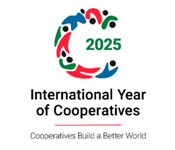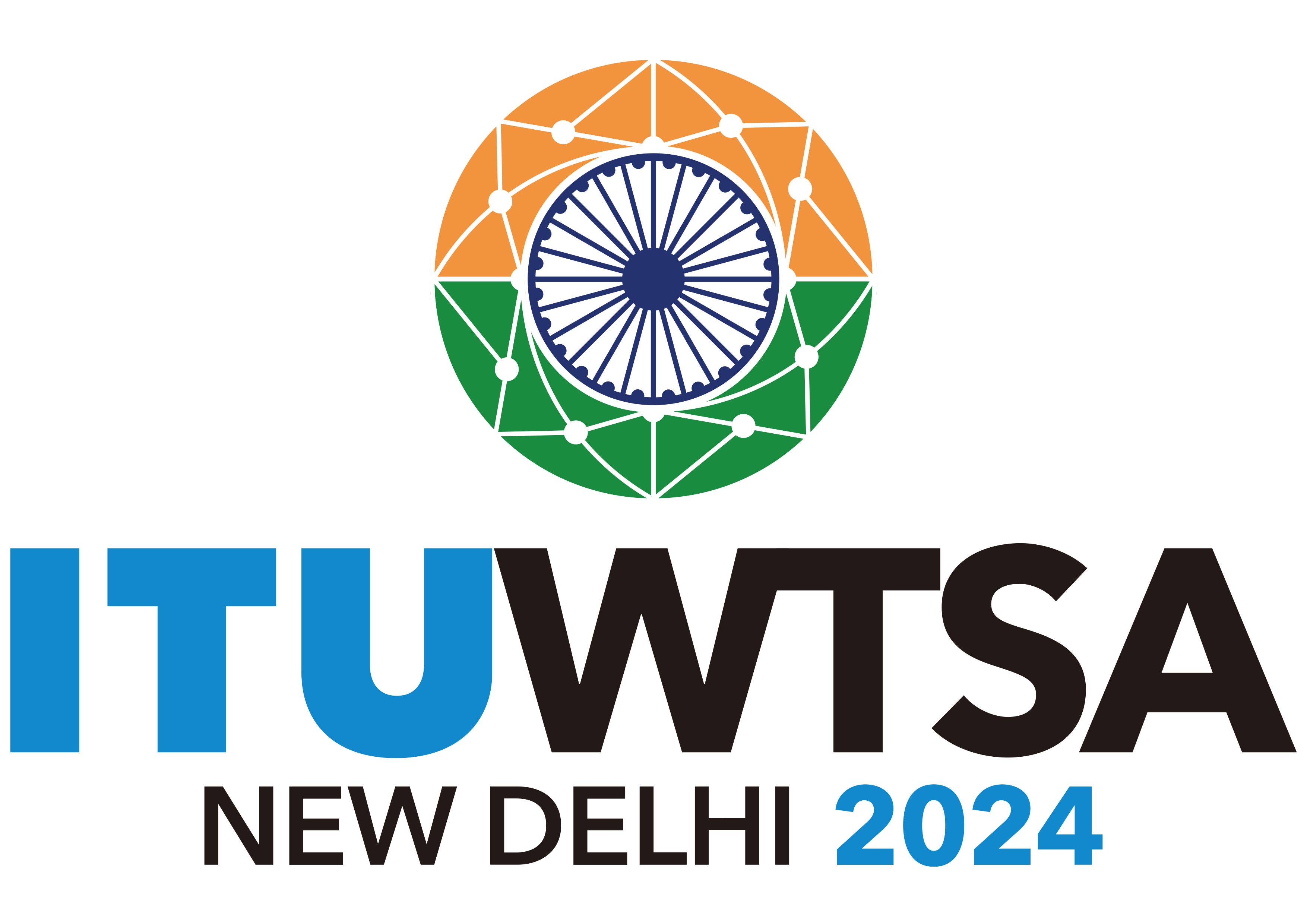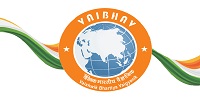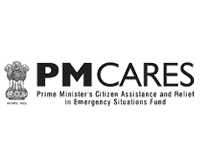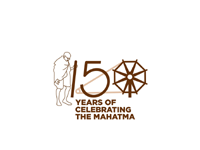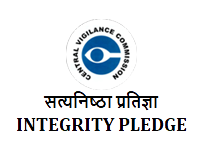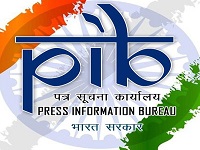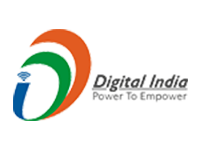The schemes and programmes under SEED Division are being monitored regularly through various monitoring mechanism devised over a period to strengthen the schemes and programmes. These mechanisms are Third Party Evaluation, On-the spot assessment of implemented projects, Review of schemes/programmes by experts, Review of supported projects through Group Monitoring Workshops, Evaluation of outcomes of individual projects, Review by converging Ministries such as Ministry of Tribal Affairs (for TSP Scheme) and by Ministry of Social Justice and Empowerment (for SCSP Scheme) etc.
Considerable flexibility is built into the operation of the schemes for funding as well as for modifying or dropping approved objectives of the projects considering the ground realities thus inculcating confidence amongst the implementing field agencies to achieve the desired results.
Impact assessment is judged based on the basis of people’s acceptability of the proposed intervention, techno-economic viability, ecological sustainability, and replicability potential considering social dimensions. Acceptance of such interventions for wider replication in the form of appropriate technology packages/models in rural sectors by line function departments.
Tentative Monitoring & Evaluation indicators of projects supported under SEED division
Note:
- The monitoring & evaluation indicators will assist implementing institutes/ agencies/ organizations and PI/CoPI to work in alignment of the mandate of schemes & programmes under SEED division.
- Quarterly/annual report on the achievements of project w.r.t. indicators below should be provided as and when required by DST.
- PI may select appropriate indicators relevant to the project from the list below.
- PI may also incorporate/add any other indicator relevant to the project.
Output and outcome indicators (quantitative only)
| 1. | Technologies/products/processes developed, deployed, adapted, propagated, disseminated, transferred |
| New technologies/products/tools/processes developed and deployed on field (through action research) | |
| Technologies/tools/processes adapted/ modified/ pilot tested/ standardized for local deployment in field | |
| Technologies/products/tools/processes demonstrated, propagated & disseminated to community (through on-field deployment and awareness programs) | |
| Value-added products developed and marketed | |
| Technologies/product/tools/processes transferred or commercialized | |
| Models developed for social business plans/ entrepreneurship in project area | |
| 2. | STI capacity building and community empowerment through skill trainings/ workshops/ demonstrations and handholding etc. (details of location, subject/title, technology, sector, duration to be provided) |
| Techno-centric (S&T based) skills and training programs standardized (aligned towards National Skill Qualification Framework) | |
| Skill training programmes and workshops conducted for livelihood issues and S&T solutions | |
| Roundtable discussions and conferences conducted for livelihood issues and S&T solutions | |
| Exhibitions and technology demonstrations organized for livelihood issues and S&T solutions | |
| Surveys conducted for livelihood issues and S&T solutions | |
| Panchayat meetings/ focused group discussions conducted with local Govt. for livelihood issues and S&T solutions | |
| 3. | Improved access of facilities and resources to beneficiaries, HH, SHGs, CIGs, FIGs, FPOs, social enterprises, start-ups, cooperatives etc. |
| Sustainable livelihood opportunities created through S&T interventions and utilized by community (livelihood sector, subject area, location, type of opportunities) | |
| Human resources/scientific manpower involved. Including Subject experts, Project personnel, Interns, PhD, Post-doc, Others if any | |
| Direct beneficiaries (farmers, artisans etc. on-field implementation) created under project
| |
| Indirect beneficiaries mobilized under project (viz. skilled manpower, trainees, facility users, people impacted through project implementation area). Details of SC, ST, OBC, EWS, Gen. and others. | |
| New community groups formed during project period (Provide list with name of group, location and type of support provided under project). Details of SHGs, CIGs/FIGs/FPOs, Social enterprises/Start-ups, Cooperatives etc. | |
| Existing community groups nurtured for sustainability (Provide list with name of group, location and type of support provided under project). Details of SHGs, CIGs/FIGs/FPOs, Social enterprises/Start-ups, Cooperatives etc. | |
| Total no. of beneficiaries/House Hold (HH) covered within project area. Details of district wise beneficiaries and House Hold (HH) | |
| 4. | Intellectual Property Right (IPR), publicity, promotion and dissemination |
| Publications including S&T component, community knowledge and availability of IK skills/TK skills, details of existing special skills/trades, including art, craft etc. of the target population.
(details with Title, year of publication, publisher, page no., doi/online link, if available) | |
| Target community-based success stories and telecasting/video films on the technology introduced (using available handy cameras/ mobile phone with implementing institute) | |
| IPR on technology projects process design -
| |
| Award/ prize/ certificate etc. won, if any | |
| Portals, Apps & data-base created on locally available resources, services and knowledge management. | |
| Dissemination of the project achievement through media coverage (including social, print, mass, and electronic media) | |
| 5. | Physical Infrastructure and Assets |
| Low-cost structures created (may include renovation or refurbishing of existing space)
| |
| Capital assets/ equipment procured and installed for long term utilization by community (post-installation upto 5 year approx.) | |
| Capital assets/ equipment procured and installed for long term utilization in lab/ own establishment of supported institute/ organization (post-installation upto 5 year approx.) | |
| 6. | Forward and backward linkages for replication and dissemination of project output |
| MoUs/consent signed for linkages with local bodies (Panchayats/ RWAs/ BDO/ local cooperatives) for on-field implementation | |
| MoUs/consent signed for linkages with State Government for support through schemes/programmes | |
| MoUs/consent signed for linkages with S&T institutions/ Universities/ Labs/ Extension Center etc. for knowledge sharing | |
| MoUs/consent signed for linkages with voluntary organizations (NGO/ SHG/ CBO/ FPO/social enterprise etc.) for community adoption & participation | |
| MoUs/consent document/ formal contracts signed for linkages with industry, banks/ other financial institutions to benefit citizen | |
| Any other project specific indicator (specify) |
Impact indicators to promote inclusiveness and equity (quantitative and qualitative)
(May be measured in % increase or decrease with respect to number of households and total population benefited)
| Indicator (Percentage change/ value and details in maximum 50 words each) |
| Improved access to Clean and Safe Drinking Water |
| Improved access to Clean Energy – including cooking and electricity |
| Improved access to Health care facilities or Nutrition improved |
| Improved access to indigenously developed or modified technologies, socially relevant S&T innovations, services & facilitative units and other infrastructure (viz. low-cost houses, retrofitted transport, labs etc.) due to project interventions |
| Improved access to human resource pool and knowledge base |
| Improved Index of living standard in society |
| Improved access to market and financial institutions |
| Improved livelihood diversification (Farm and Non-Farm - indicate the diversified trades) |
| Improved household income due to project interventions |
| Improved productivity (in crop/livestock/poultry/fisheries/non-farm/traditional practices etc.) |
| Improved availability and cost-effective management of resources and assets (natural and/or physical) |
| Improved livelihood and employment opportunities (list the areas/field and give the number of entrepreneurs) |
| Increased new enterprises or nurtured existing through S&T (mention type) |
| Reduced drudgery (pertaining to difficulty felt, time spent in particular activity, frequency of performance) |
| Reduced cost and hesitation over use of technology/ tool/ process/ products by target population |
| Improved S&T outreach and geographical coverage area |
| Improved linkages with market/ enterprises for replication of project achievements |
| Improved adoption of newly developed technologies/ products/ processes for community empowerment (indicate by number of adopters and their category) |
| Contribution towards Sustainable Development Goals (SDGs) and National Missions (NMs)- provide name of indicator of project mapped with SDGs and NMs |















